Efflorescence: Substrate Wetting Additives Make a Difference
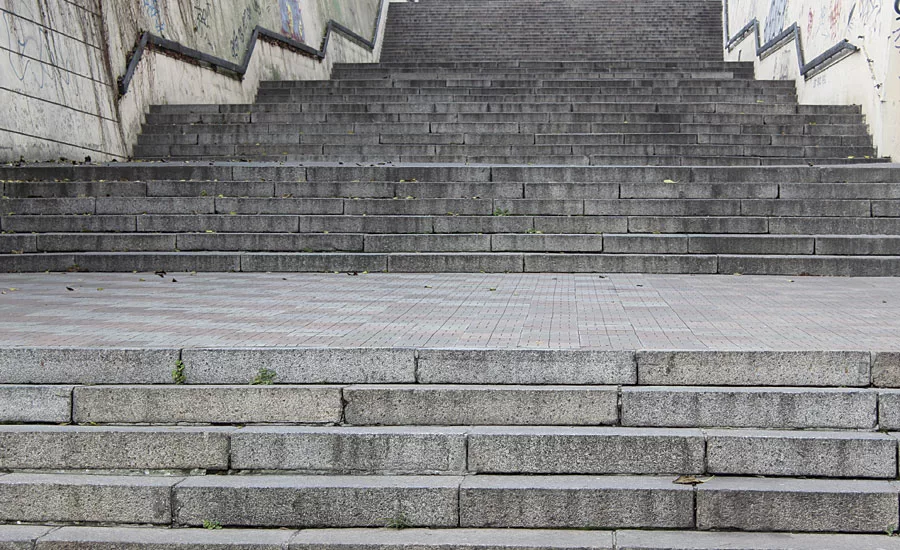
To block the migration of alkali from a concrete substrate, the concrete is often coated with water-based primers followed by topcoats. Until the porosity of concrete is blocked, the chances of migration of alkali exist. Substrate wetting additives play an important role in this condition. They improve the penetration of emulsion paints into the crevices or the pores of concrete and reduce the possibility of alkali migration, which in turn reduces the possibility of efflorescence. The experiments discussed in this article involved applying emulsion paint on a porous substrate, then exposing the substrate to severe water seepage so that alkali could migrate by capillary action to the top of the surface. The effect of substrate wetting additives on efflorescence occurrence was studied.
Introduction
Efflorescence is the deposition of salt on the surface of fresh, coated/uncoated concrete (Figure 1). Visibility of efflorescence on bare concrete is not too objectionable. But coated concrete with an aesthetic appeal is preferred to bare concrete. Appearance of the white spots that resemble salt is more objectionable when the concrete is coated with masonry paints or water-based emulsion paints. Excessive efflorescence can lead to flaking off or disintegration of the paint film from the substrate.
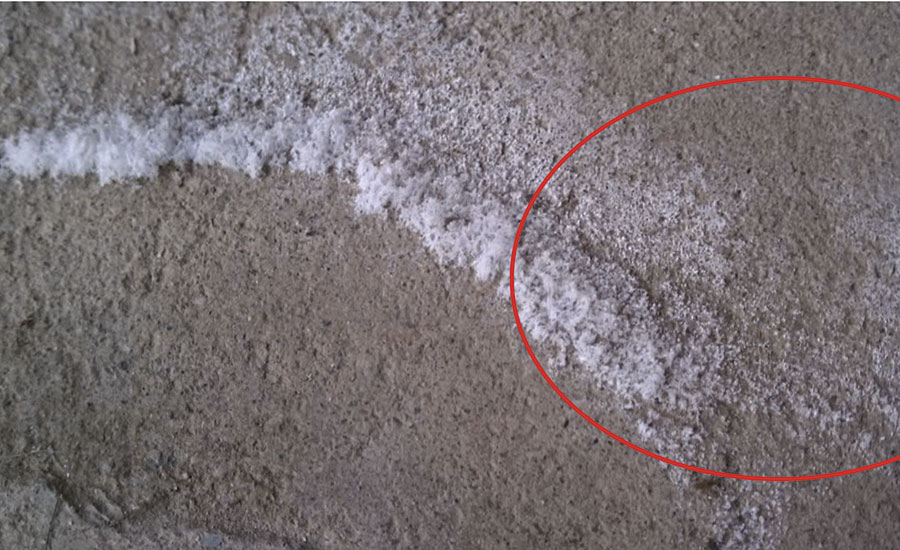
FIGURE 1 » Efflorescence is a calcium or alkaline salt that forms as a blotchy, powdery or crystalline deposit on the surface of masonry walls.
The following are the most common salts found in samples of efflorescence:1
- Sodium sulfate,
- Sodium carbonate,
- Sodium bicarbonate,
- Sodium silicate,
- Potassium sulfate,
- Calcium sulfate,
- Calcium carbonate.
Types of Efflorescence and Its Occurrence
There are three forms of efflorescence:
- Primary efflorescence (Figure 2) occurs during the curing or hardening phase of concrete;
- Secondary efflorescence (Figure 3), resulting from the weathering of the cured concrete;
- Crypto florescence (Figure 4), the deposition of salt within the pores of concrete. This condition can be more severe as it can lead to disintegration of the paint film.2
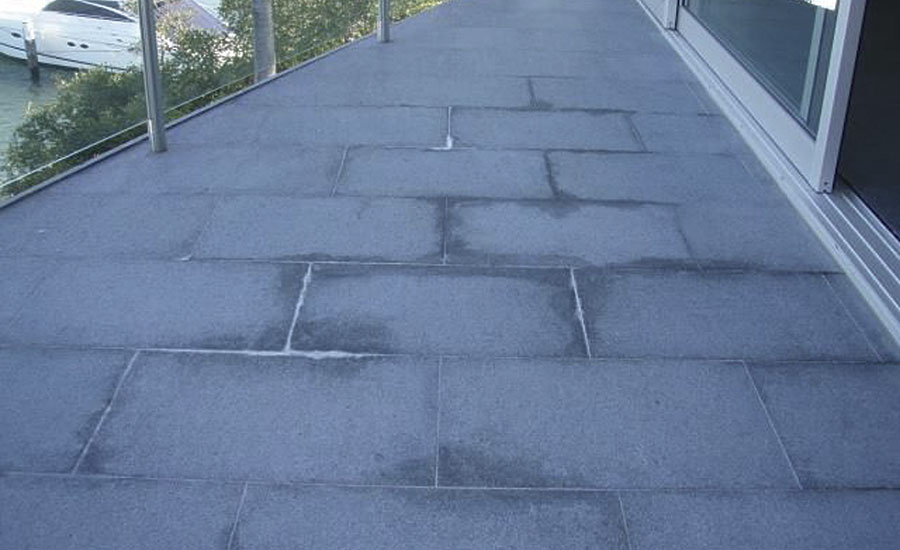
FIGURE 2 » Primary efflorescence.
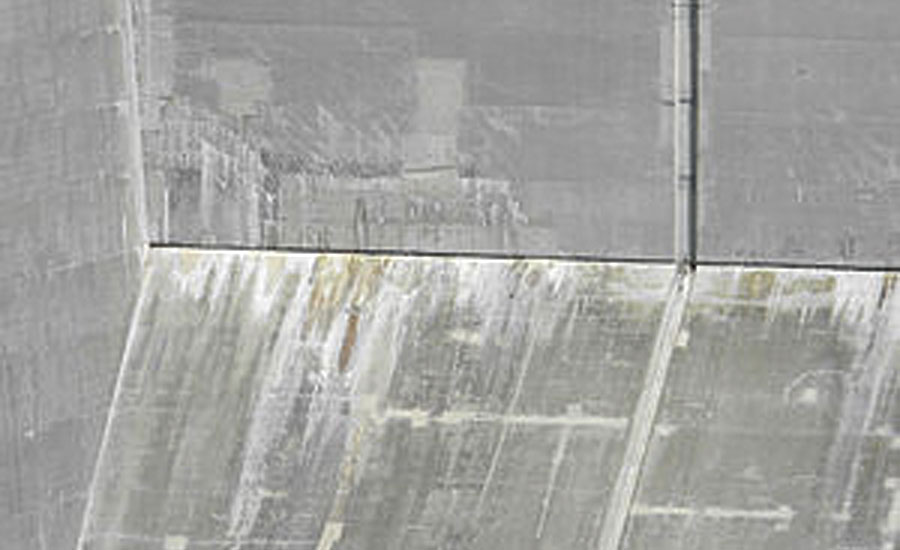
FIGURE 3 » Secondary efflorescence.
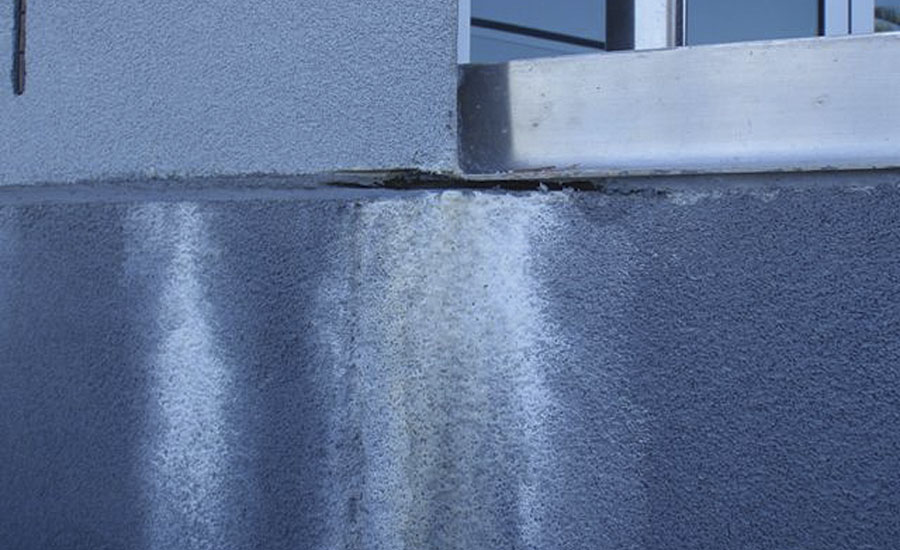
FIGURE 4 » Crypto florescence.
Penetration of water into the concrete causes the migration of alkali to the surface where it reacts with atmospheric carbon dioxide to form calcium, sodium and potassium carbonate, which are referred to as efflorescence. This migration depends on permeability, voids and moisture content.
Sodium and potassium carbonates appear on the concrete products as a soft, white fluff that can be easily removed, but that may appear again. This type of efflorescence usually appears if the product is exposed to wetting and slow drying.
Calcium carbonate appears usually as white “bloom” diffused over certain areas. In severe cases it appears as a hard white crust. It is most troublesome and difficult to remove. Calcium carbonate efflorescence is likely to form on concrete products where hydration is interrupted by premature drying and that has been subsequently wetted (Figure 5).2
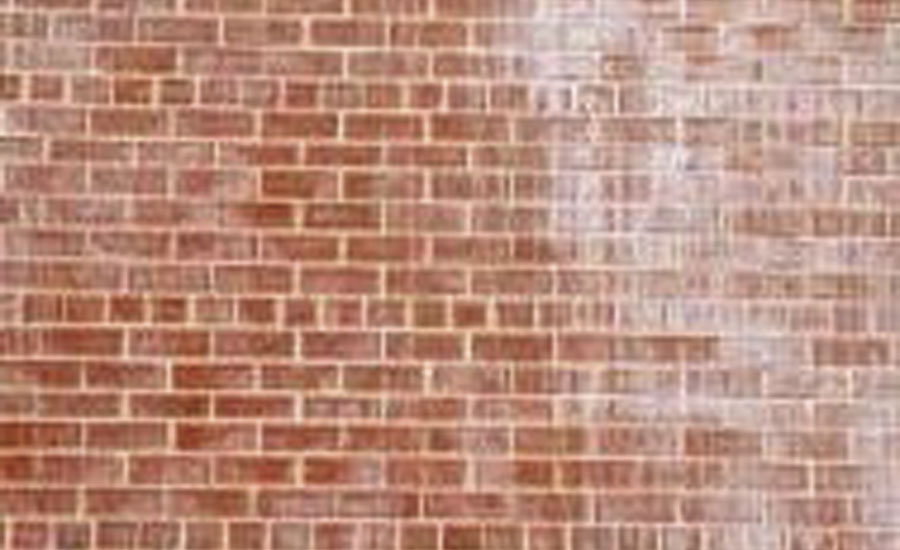
FIGURE 5 » Calcium carbonate efflorescence.
Coating a Concrete
Being highly porous, concrete surfaces are always a challenge to paint, as the painting process has to ensure that all the uneven surfaces and crevices are painted and no areas remain uncoated. For this, careful measures are taken so that all the pores are covered and the chances of penetration of water by capillary action are minimized, because the moment water penetration begins it carries the alkalinity to the surface, which subsequently gives rise to efflorescence.
Role of Substrate Wetting Additives
Water-based emulsion paints are faster drying, having higher surface tension and hence inferior flow and substrate wetting properties. Introducing substrate wetting additives in water-based emulsion paints reduces the surface tension of the emulsion paints, enabling the paint to flow into the crevices and pores of the porous substrate. This in turns give better penetration of the paint and better film integrity.
New Substrate Wetting Additives
Additives under study are selected based on the chemistry. Silicone-based additives are well-known surface tension modifiers. But the effect of polymeric substrate wetting additives also compares with silicone-based additives.
Pat-Add LE 1030, a blend of linear and grafted polyether-modified polysiloxane solution in ethylene glycol n-butyl ether, gives good balance between leveling, slip and wetting (Figure 6). This product is specially designed to give compatibility with a wide range of emulsion systems.
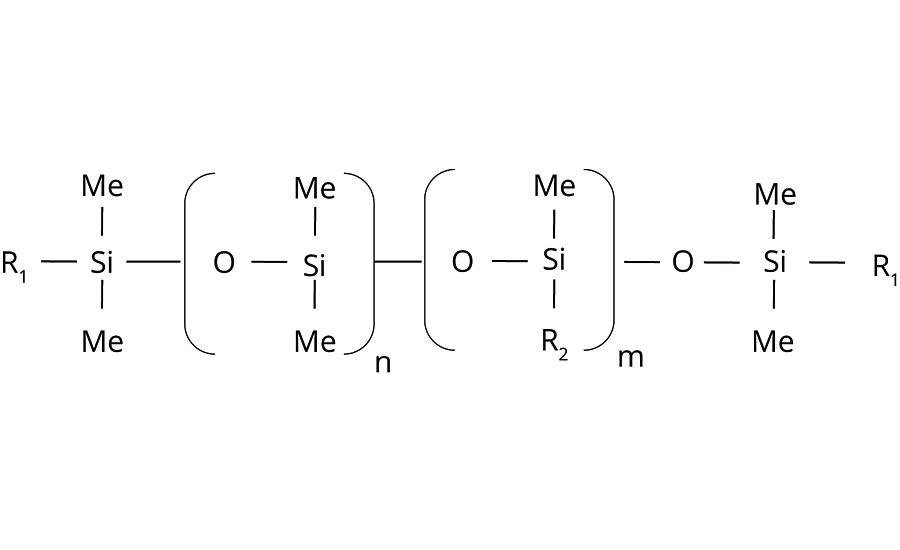
FIGURE 6 » Basic structure of Pat-Add LE 1030.
Test Method for Efflorescence Test as per IS 3495 Part-3 1992
- A shallow flat bottom dish containing sufficient saturated salt solution in distilled water to completely saturate the specimens is used for the test. The ends of the bricks are placed in the dish, the depth of immersion in water being 25 mm.
- The method consists of applying the coating (in two coats/24 hrs between coats) to porous clay bricks, leaving a distance (25 mm) at the bottom of the brick, uncoated.
- After 24 hrs of drying, the bricks are placed in a saturated salt solution for several weeks, adding water or salt to the solution from time to time to ensure that the level remains constant.
- Include a brick without applying any coating as a reference to compare the test specimen.
- The whole arrangement is placed in a warm, (between 20 °C and 30 °C) well-ventilated room until all the water in the dish is absorbed by the specimens and the surplus water evaporates.
- The dish containing the brick is covered with a suitable plastic paper so that excessive evaporation from the dish may not occur.
- Changes in film appearance (blisters, salt deposits, cracking, etc.) are observed for up to four weeks.
Observations and Report
The liability to efflorescence shall be reported as Nil, Slight, Moderate, Heavy or Serious in accordance with the following definitions:
Nil: When there is no perceptible deposit of efflorescence;
Slight: When not more than 10 percent of the exposed area of brick is covered with a thin deposit of salts;
Moderate: When there is a heavier deposit than under Slight and covering up to 50 percent of the exposed area of the brick surface but unaccompanied by powdering or flaking of the surface;
Heavy: When there is a heavy deposit of salts covering 50 percent or more of the exposed area of the brick surface but unaccompanied by powdering or flaking of the surface;
Serious: When there is a heavy deposit of salts accompanied by powdering and/or flaking of the exposed surfaces.
Choice of Water-Based Emulsion Paints
The effect of substrate wetting additives was studied at different dosage levels, with respect to efflorescence as well as spreading capacity.
Medium-PVC (50%) Water-Based Emulsion Paint
Table 1 shows the formulation of the medium-PVC water-based emulsion paint used in this study. Table 2 shows the physical data of the paint. Table 3 shows the application of the paint on bricks. Pat-Add additives show substantial reduction in paint consumption, leading to improved spreading rate.
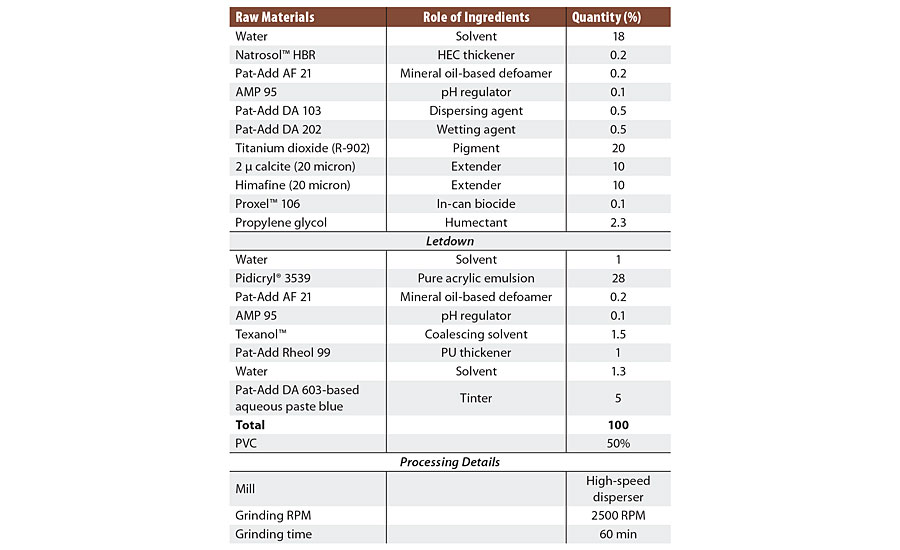
TABLE 1 » Formulation of the medium-PVC water-based emulsion paint.
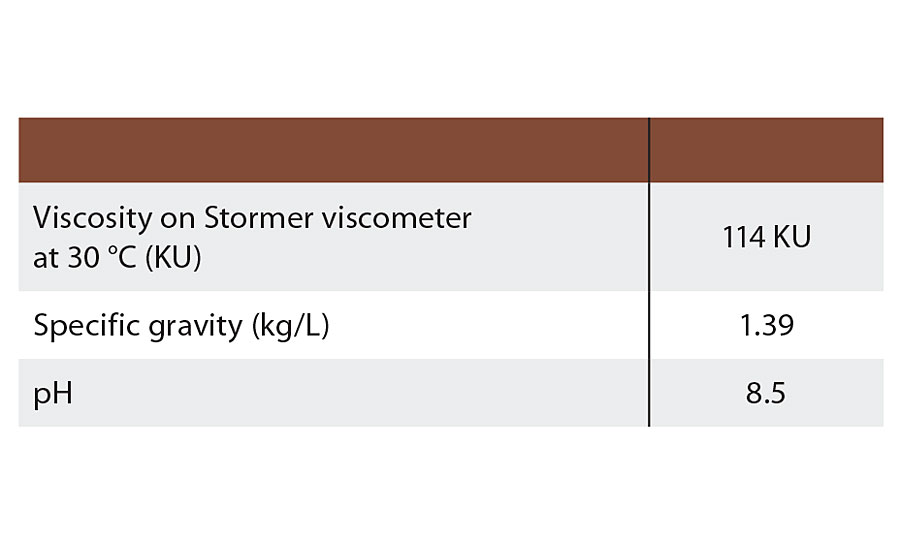
TABLE 2 » Physical data of paint.
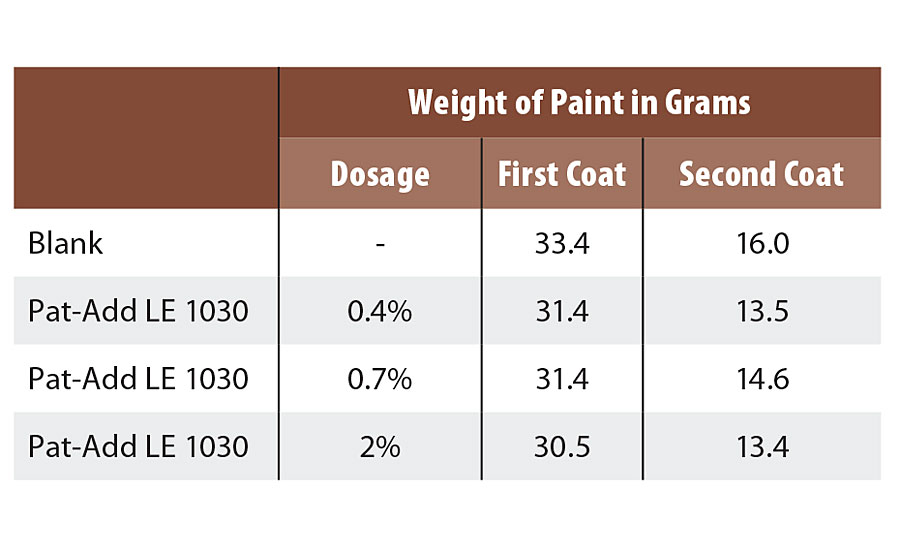
TABLE 3 » Application of paint on bricks.
Observations
Bricks were painted with two coats of paint containing various amounts of wetting additive, and submerged in water for 24 hrs. In medium-PVC emulsion paints, the material that flows into the pores is water, binder and pigments, which penetrate into the pores and crevices and form a film there. As we increased the dosage of substrate wetting additive, this penetration was enhanced and the results further improved (Figure 7). While deciding on the dosage level, the recoatability factor needs to be considered.
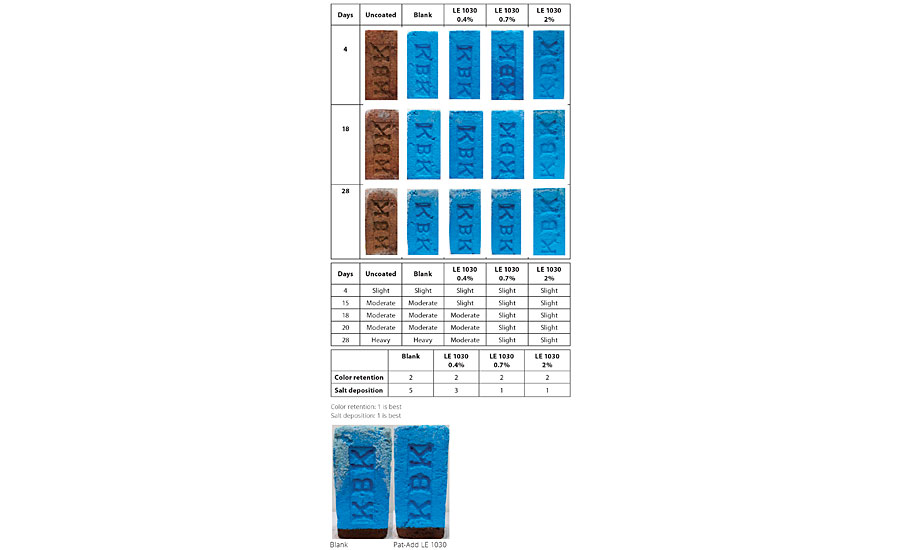
FIGURE 7 » Bricks painted with medium-PVC water-based emulsion paint containing increased amounts of wetting additive.
High-PVC (80%) Water-Based Emulsion Paint
Table 4 shows the formulation used for the high-PVC water-based emulsion paint used in this study. Table 5 shows the physical data for this paint. Table 6 shows the application of the paint on bricks. In high-PVC emulsion paint, Pat-Additives also show substantial reduction in paint consumption, leading to improved spreading rate.
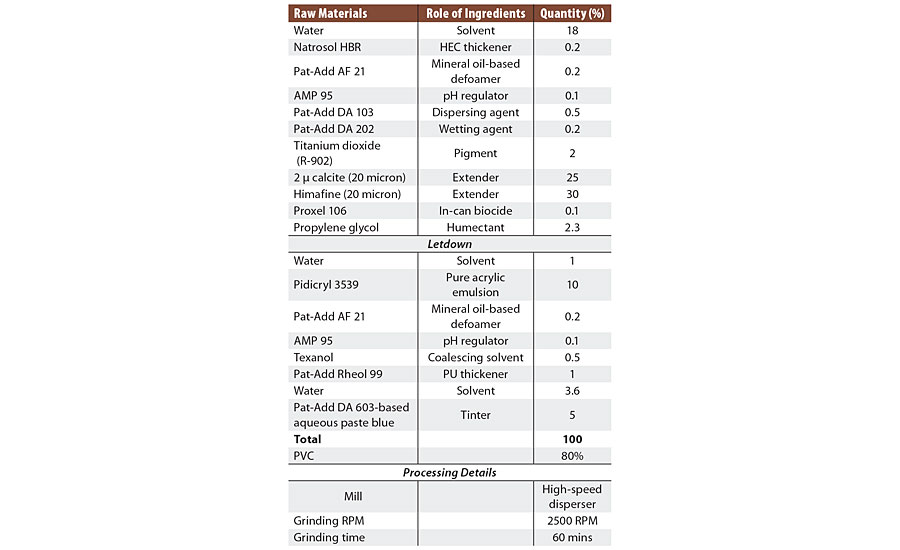
TABLE 4 » Formulation used for the high-PVC water-based emulsion paint.
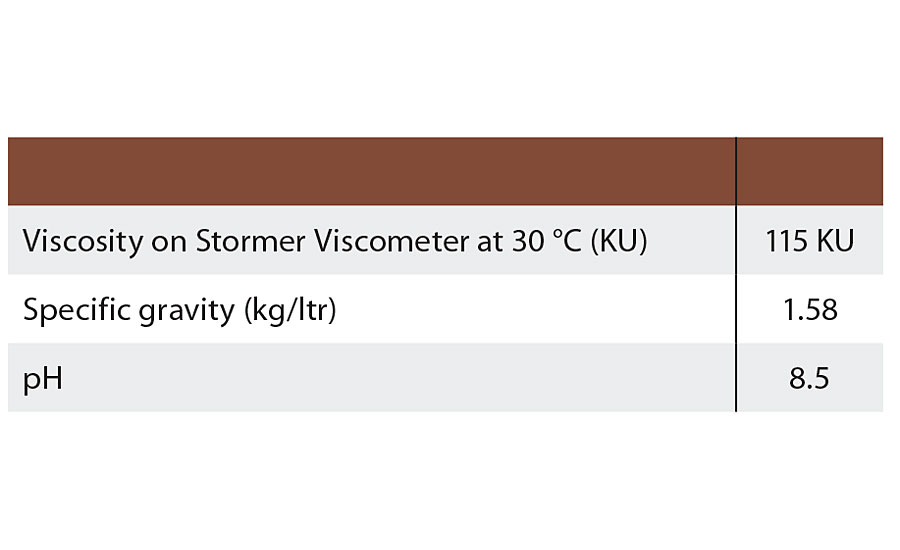
TABLE 5 » Physical data of paint.
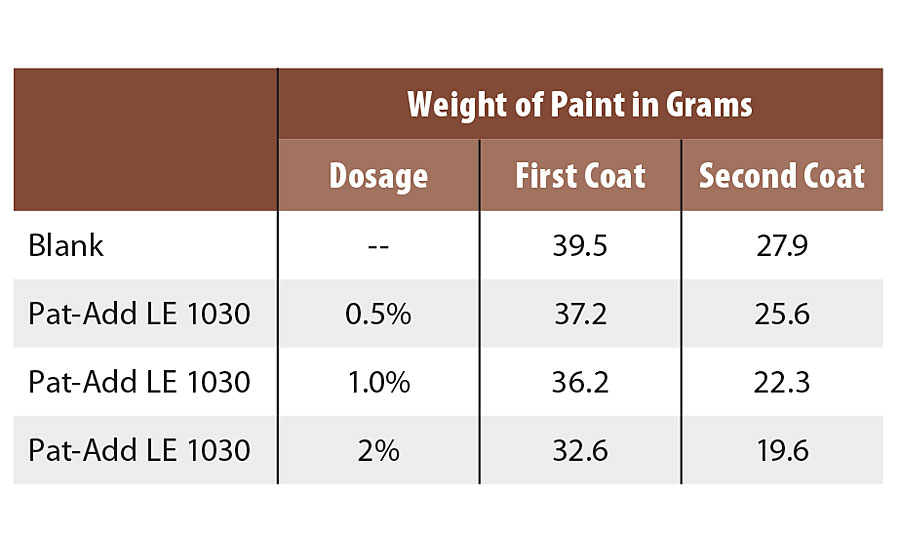
TABLE 6 » Application of paint on bricks.
Observations
Bricks were painted with two coats of paint containing various amounts of wetting additive and submerged in water for 24 hrs. In high-PVC emulsion paints the material that flows into the pores is water, small amount of binder, and some pigments with additives including substrate wetting agent, which penetrate into the pores and crevices and form a film there. If a large amount of substrate wetting agent is available, the process of adhesion of wetting agent/silicone (formation of physical molecular film) onto the pore surface will be encouraged and make the pore surface very hydrophobic, thus retarding further penetration of material to fill up the pores. As we increased the dosage of substrate wetting additive this penetration was not supported, as PVC > CPVC and the results do not improve further (Figure 8).
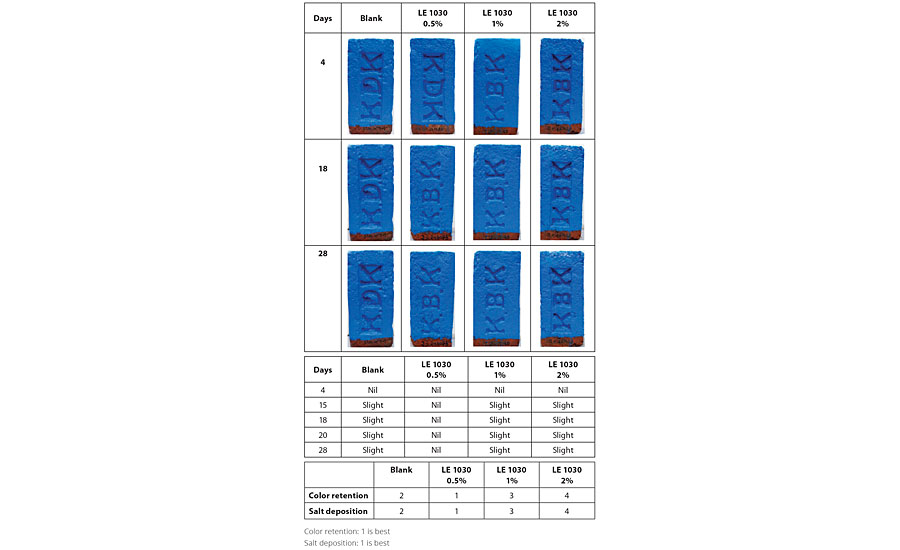
FIGURE 8 » Bricks painted with two coats of high-PVC water-based emulsion paint containing various amounts of wetting additive.
Conclusion
The introduction of new substrate wetting additives improves the spreading capacity of emulsion paints. Also the effectiveness in filling the crevices/pores of concrete substrates is highlighted by the results of accelerated efflorescence or alkali block testing. It is important to mention that silicone-based substrate wetting additives show more positive impact on alkali block resistance, which shows the efficiency to improve flow. Reduction in alkali migration to the substrate also helps in better color retention and maintaining film integrity.
References
1 Loughran, P. Efflorescence, July 13, 2007, pg. 11, Goettsch Partners.
2 http/bestgroup.com.au
Looking for a reprint of this article?
From high-res PDFs to custom plaques, order your copy today!




